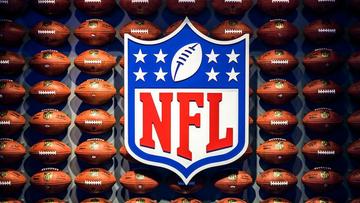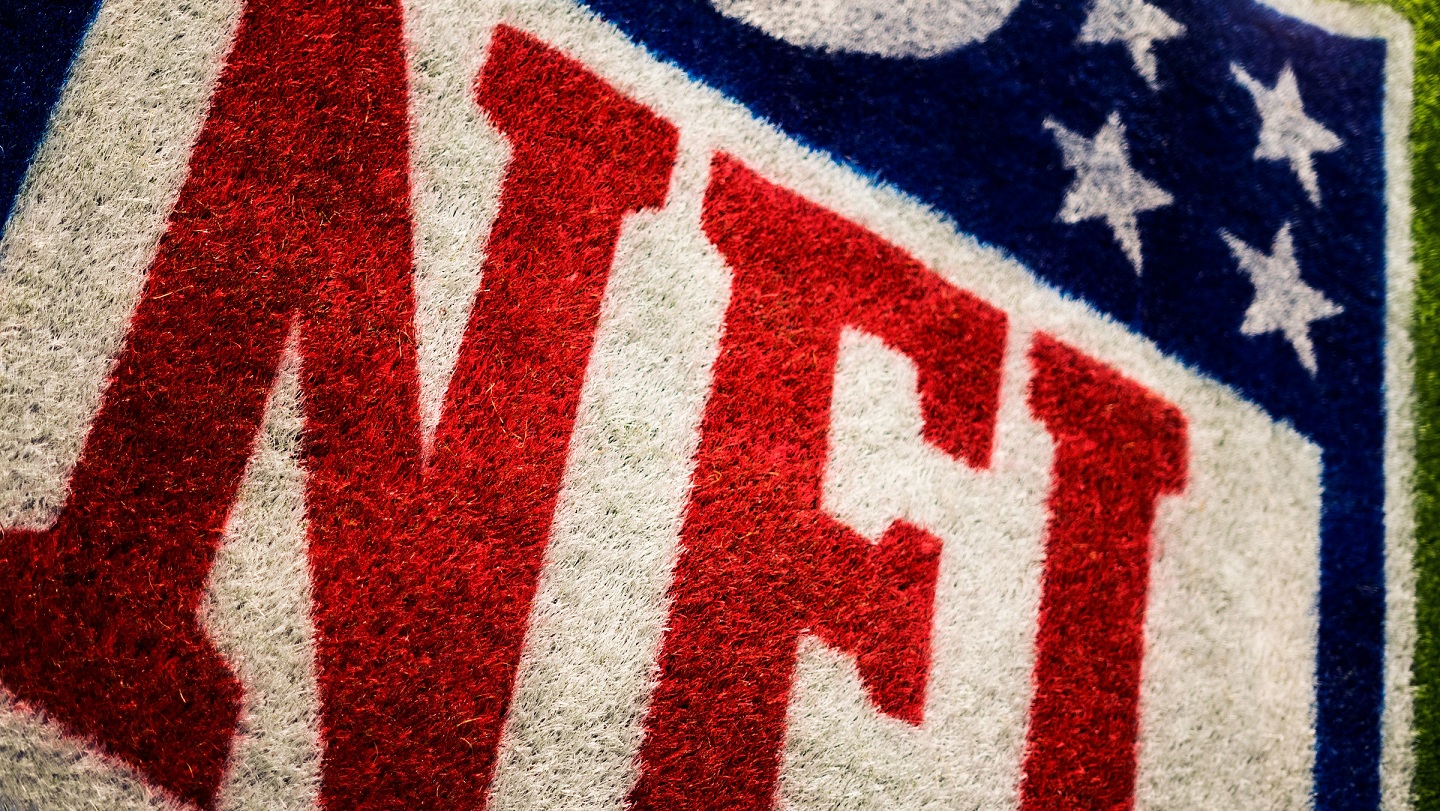A Dismal State: Why the Position of RB Has Devalued in the NF

In the ever-evolving landscape of the National Football League (NFL), one position that has witnessed a dramatic shift in its value is that of the running back (RB).
Once the crown jewel of the game, RBs now find themselves grappling with a dismal reality. Their position has been devalued in a league that prizes passing prowess and multi-faceted versatility.
Historical Value and Trading Titans
Instagram Link 1
Not too long ago, the RB was hailed as the heart and soul of an NFL team. They were coveted for their ability to gallop downfield and rack up yardage. The year 1989 serves as a poignant reminder of this bygone era.
The Dallas Cowboys netted a staggering nine picks, including three first-round selections, and five players from the Minnesota Vikings, in exchange for the coveted Herschel Walker. The value of the RB was unquestionable, reigning supreme over the gridiron.
Contracts: From Highs to Lows
Instagram Link 2
The realm of pro football contracts has undergone a dramatic transformation. This is especially true when it comes to the value attributed to running backs. In the heyday of RB supremacy, trades like the Herschel Walker deal between the Cowboys and the Vikings demonstrated the immense worth attached to a star RB.
In 1989, the Cowboys received a staggering nine picks. This includes three first-round selections, along with five players from the Vikings in exchange for Walker. It was an era when RBs were the focal point of an offense, driving yardage, touchdowns, and victories.
Fast forward to the modern NFL landscape, and the dynamics have dramatically shifted. The Christian McCaffrey trade from the Panthers to the 49ers serves as a stark contrast to the Walker deal. In 2022, the 49ers parted ways with a second-round pick and three subsequent picks of lower value for McCaffrey.
The stark contrast in the trade value illustrates the shifting priorities within the league. The once-untouchable value attributed to RBs has waned considerably.
This transformation is emblematic of a larger trend. The position of the RB, once associated with lucrative contracts and exceptional trade value, has evolved into a less esteemed role within the league. The McCaffrey trade represents a deal. However, it also represents a symbol of the broader devaluation of the RB position amidst the evolving landscape of the NFL.
The diminishing significance of RBs within the league’s transactions underscores the changing dynamics and the subsequent challenges RBs face in maintaining their value and relevance.
Financial Realities: Franchise Tags and Contract Cuts
A disheartening reality echoes through the locker rooms of RBs across the league. Prominent names like Josh Jacobs, Saquon Barkley, and Tony Pollard – all franchise-tagged backs – found themselves grappling with the lack of long-term deals.
The turbulence in the contracts of Joe Mixon and Aaron Jones, who took pay cuts, further exemplifies the grim state of RB compensation. Even Austin Ekeler initially felt compelled to seek a trade. This is a glaring testament to the turmoil faced by RBs.
A Star-Studded Meeting and Unresolved Issues
In the heart of the turmoil, star RBs convened virtually. They congregated on Zoom to address the financial perils that their position now faces.
However, despite the star-studded attendance, no concrete plans emerged from the meeting. It was a poignant display of the powerlessness RBs now feel as their value dwindles amidst a passing-centric league.
A Shift in Focus: Passing Over Running
Instagram Link 3
The fundamental transformation of the NFL into a passing-oriented league has cast a long shadow over the RB position. The realm of big pro football contracts has seen an unprecedented boom for quarterbacks (QBs). Their salaries continue to reach astronomical heights.
The stark comparison between the diminishing RB franchise tag value and the soaring QB contracts is undeniable proof of this paradigm shift. This upheaval has taken a toll on the once-prestigious RB role.
Statistical Evidence: Value vs. Winning
Statistics shed light on the lack of correlation between high-paid RBs and victory. Teams sporting RBs with top-ten cap hits have found themselves teetering just above a .500 win-loss ratio. This is a stark contrast to the success enjoyed by positions such as quarterbacks, wide receivers, and offensive tackles.
With a mere 37 percent of these high-paid RBs making it to the playoffs, their value in terms of on-field success is strikingly minimal.
The Workhorse Myth: Less is More
As the NFL evolves, the workhorse RB, once the staple of a team’s offensive strategy, has dwindled in prominence. The burden of accounting for 30 percent of scrimmage yards, once widespread, has now become a rarity.
This decline underscores the diminishing reliance on RBs as teams diversify their offensive schemes.
The Challenge of Longevity and Contracts
Instagram Link 4
A defining factor in the devaluation of the RB position is its ephemeral nature. The shortest shelf life in the NFL is attributed to RBs, leading to the reluctance of teams to invest heavily in veteran RBs.
The travails of players like Ezekiel Elliott, Todd Gurley, and Le’Veon Bell, who faltered after signing high-value contracts, serve as poignant cautionary tales. The realm of the biggest NFL contracts is no longer kind to RBs.
Seeking Redemption: Second Contracts and Adaptation
For RBs to reclaim their lost value, the path forward lies in redeeming themselves during their second contracts. Recent contracts inked by Joe Mixon, Aaron Jones, Alvin Kamara, Christian McCaffrey, Dalvin Cook, Derrick Henry, and Nick Chubb exemplify the potential resurgence.
These RBs have managed to outperform their rookie deals, offering a glimmer of hope in a gloomy landscape.
The Multi-Faceted RB: A Struggle for Relevance
Christian McCaffrey embodies both the challenges and solutions confronting modern RBs. As the highest-paid RB in the NFL, McCaffrey’s injury woes underscore the precarious nature of the position.
However, his versatility and ability to impact various facets of the game emphasize the potential for RBs to evolve and thrive in the modern NFL.
Lost in Transition: The Diminishing Role
Instagram Link 5
As the NFL witnesses a transformation in gameplay and strategy, the once-ubiquitous RB has been cast adrift. Their contribution to receiving and rushing yards is on the decline, a stark contrast to the past.
In an era where QBs increasingly take on running responsibilities, the role of RBs in both facets of the game is shrinking.
Conclusion: The Woes of the Modern RB
In a league characterized by constant change, the RB position finds itself grappling with an identity crisis. Once held in the highest esteem, RBs now struggle to find their footing in a pass-heavy, multi-dimensional NFL. The confluence of financial realities, performance trends, and strategic transformations has led to a dismal state of devaluation.
While some RBs attempt to forge a path to resurgence, the broader question remains – can the position adapt and reclaim its lost glory in an ever-evolving league? Until then, the echoes of uncertainty will continue to reverberate across the NFL landscape.



